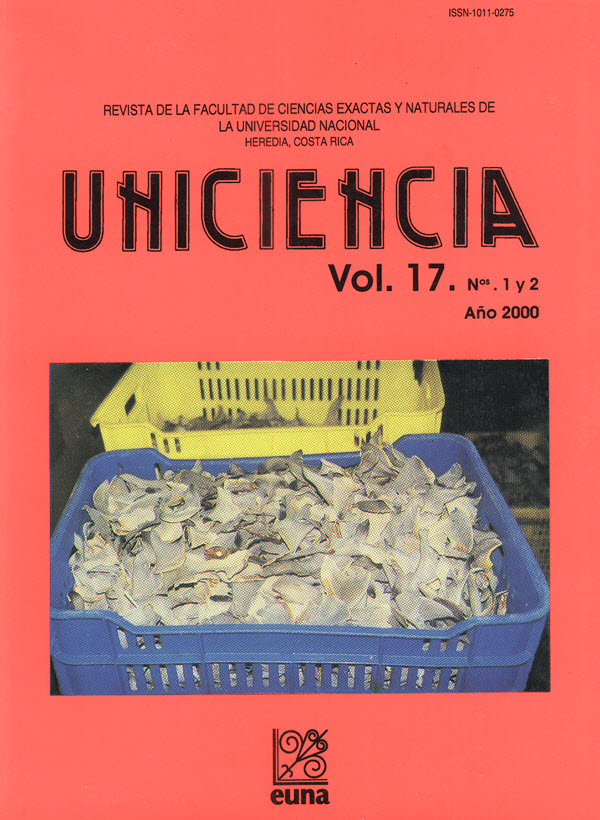Shark fisheries in Central America a review and update (ESP)
Abstract
The demand for shark products especially fins and cartilage, has led to an expansion in fisheries and trade throughout the region. Increased fishing efforts, scarce biological data, and lack of management are key factors that negatively impact this fishery. A project under way aims to gather basic information on population status, nursery and fishery grounds, socioeconomics of the fishery, and necessary conservation measures. Twenty four commercially valuable species have been identified. The most important are Carcharhinus falciformis and Nasolamia velox (Guatemala), C. falciformis (Nicaragua), C. falciformis and M. dorsalis (Costa Rica), C. obscurus (El Salvador), and C. limbatus (Panama). Commercial products include the meat, fin, oil, cartilage, and skin. Shark fins are the most valuable product (i.e. dried caudal fins sell from $US 150 to 400 per kg in Costa Rica) and are exported to Hong Kong, Taiwan, Japan, and the United States.
Downloads
Published
Issue
Section
License
Authors who publish with this journal agree to the following terms:
1. Authors guarantee the journal the right to be the first publication of the work as licensed under a Creative Commons Attribution License that allows others to share the work with an acknowledgment of the work's authorship and initial publication in this journal.
2. Authors can set separate additional agreements for non-exclusive distribution of the version of the work published in the journal (eg, place it in an institutional repository or publish it in a book), with an acknowledgment of its initial publication in this journal.
3. The authors have declared to hold all permissions to use the resources they provided in the paper (images, tables, among others) and assume full responsibility for damages to third parties.
4. The opinions expressed in the paper are the exclusive responsibility of the authors and do not necessarily represent the opinion of the editors or the Universidad Nacional.
Uniciencia Journal and all its productions are under Creative Commons Atribución-NoComercial-SinDerivadas 4.0 Unported.
There is neither fee for access nor Article Processing Charge (APC)






